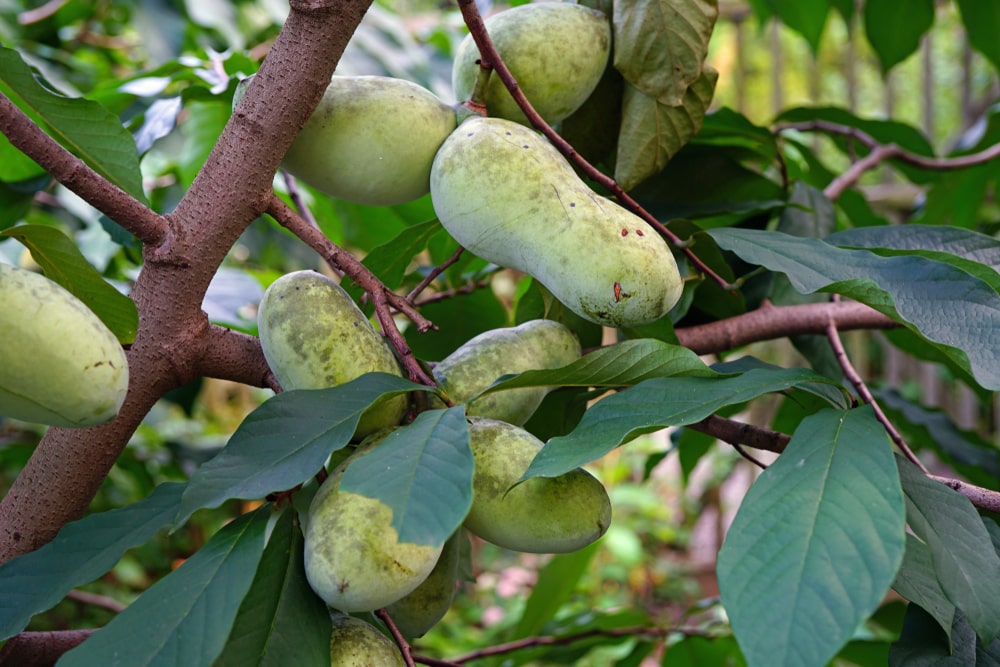PAWPAW TREE IS BECOMING A FAVORITE UNDERSTORY TREE TO PLANT IN VIRGINIA
Pawpaw, or Asimina triloba, is considered a native tree by the Virginia Native Plant Society. The fruit of the pawpaw was consumed by both Native Americans and early European settlers. At least two U.S. Presidents enjoyed pawpaw fruit. George Washington reportedly enjoyed them for dessert, and Thomas Jefferson grew them at his estate in Monticello. As a matter of fact, pawpaw trees can be found growing indigenously in 26 states in the eastern and midwestern United States.
Writing this blog brought back fond memories as a child growing up in Ohio. We had a “crick” running in the back of the family farm called Pawpaw Run that I would roam as a child.
Now that it is late February, this is an excellent time to look over your own landscape and gardens for making plans for adding new plants. I encourage all homeowners to consider planting more trees when possible. Pawpaw trees are considered native understory trees that typically grow in natural areas under our oaks, pines, and other trees—very much like our native dogwood tree. Pawpaw trees are deciduous trees with a medium-sized growing habit and have a dense canopy of foliage that can help shade the ground.
Pawpaw trees thrive in moist, fertile, well-drained soils with a pH of 5.5 to 7.0. Although it is considered an understory tree, it still needs all the filtering sunlight it can get in order to flower and fruit.
You want to plant more than one pawpaw tree. Cross-pollination is necessary for the fruit to set. There are no “male” and “female” pawpaw trees as they all have both male and female reproduction parts. As the trees mature a single pawpaw tree often gives rise over the course of years to large groves of pawpaw trees via its root system. This is how the term “pawpaw patch” was derived.
Pawpaw trees will fruit anytime between August and October and the fruit is tasty. Some people think the fruit tastes sort of like a mango and a banana. I guess this is why the fruit has been referred to as “poor man’s banana.” The fruit is high in vitamin C, magnesium, iron, and copper, and it’s a good source of potassium.
One reason why you typically will not find pawpaw fruit in any grocery store is that the fruit is soft-skinned and fleshy and is easily bruised and damaged. It tends not to be suitable for selling in grocery stores. However, some local farmer markets may sell the fruit in the fall. The fruit is not toxic, so deer do enjoy eating the fruit as much as we do.
We carry pawpaw trees with all our other fruit trees. Over the past few years, we have been bringing in more and more pawpaw trees in order to meet the public demand. Planting pawpaw trees fit nicely into the increased gardening trend of planting more native plants. Come see us when you are ready and let us show you all our native plants including the pawpaw trees.
HAPPY GARDENING !!!!!!!

